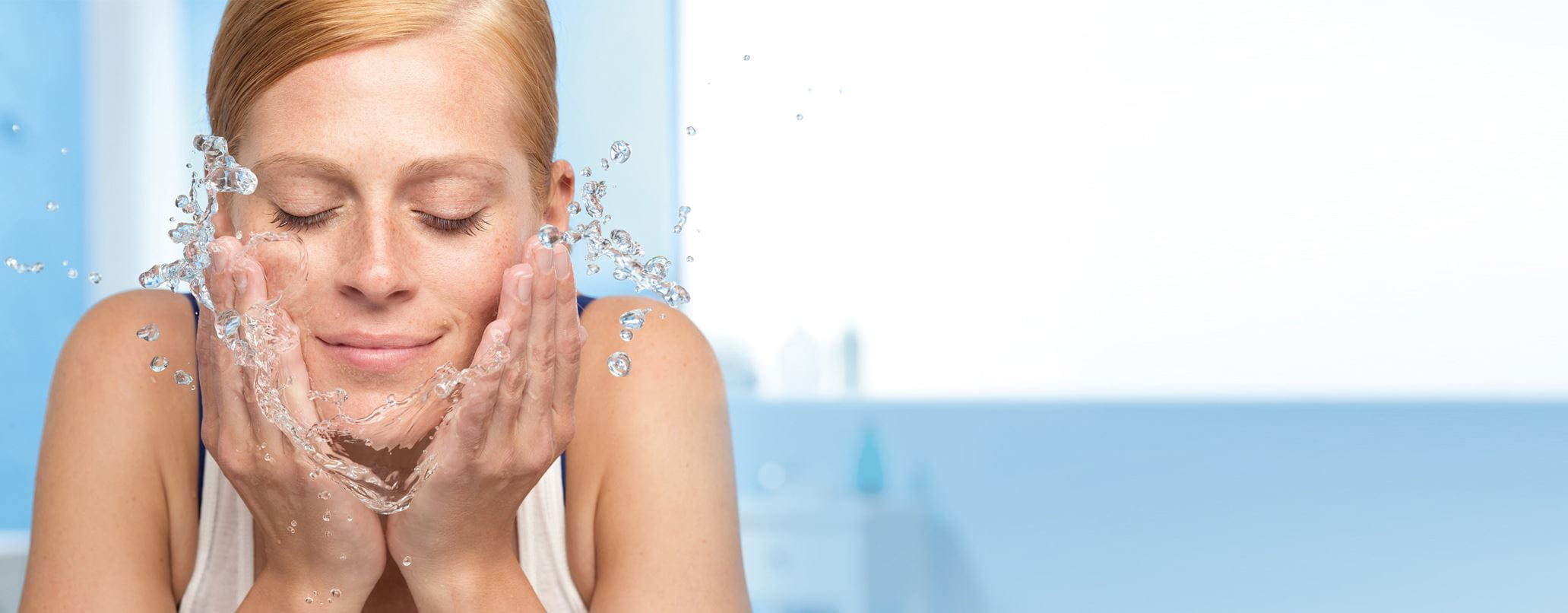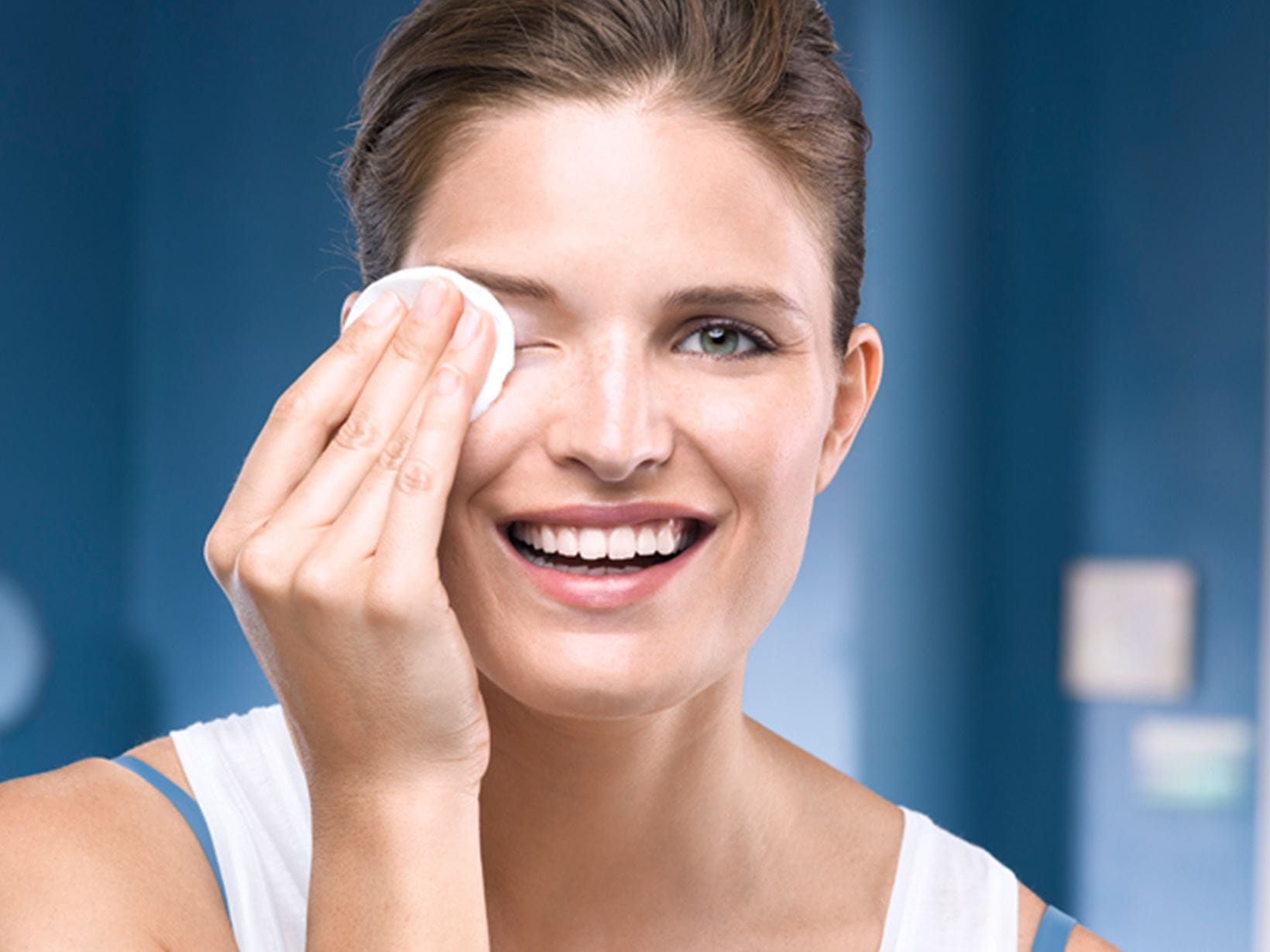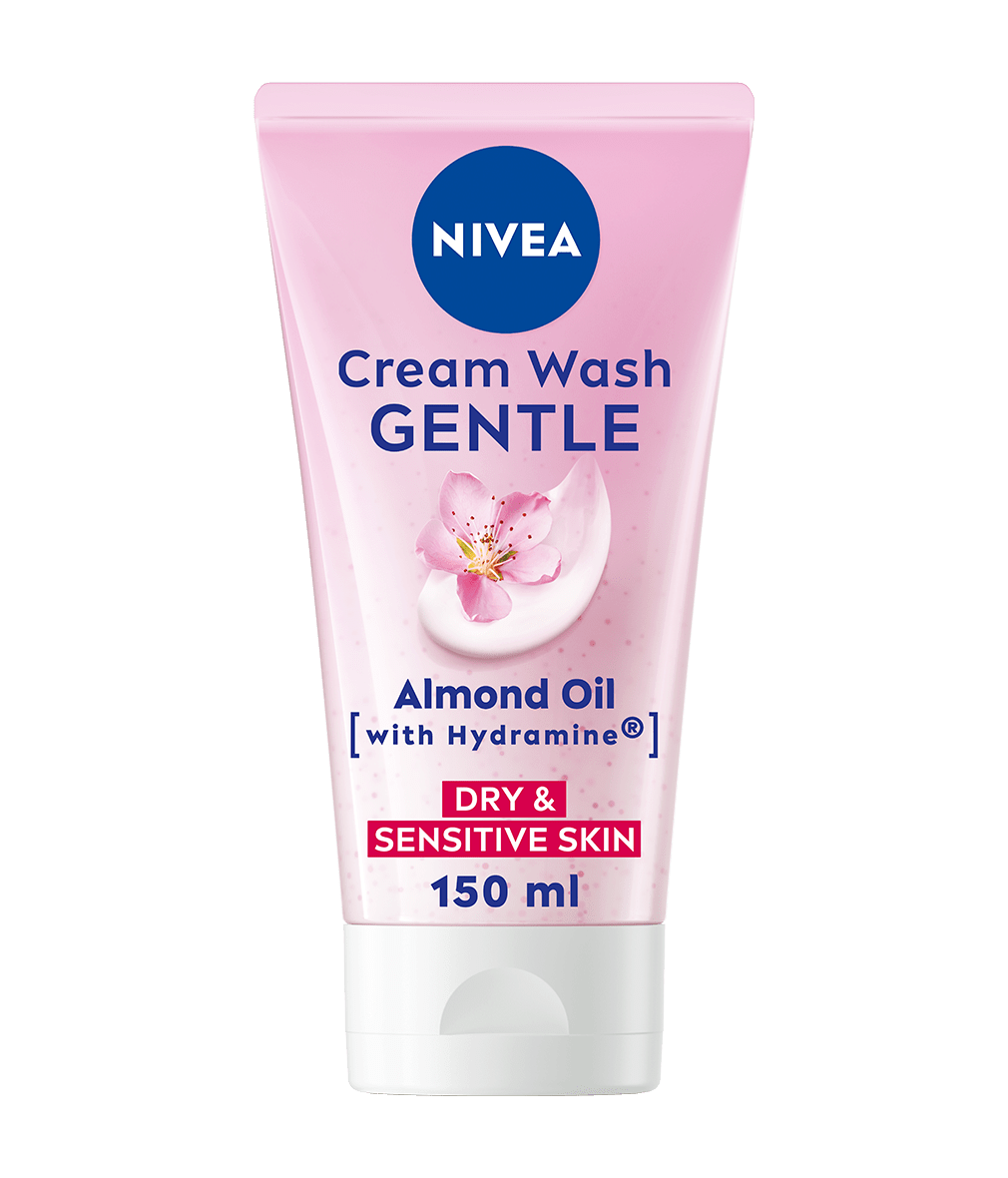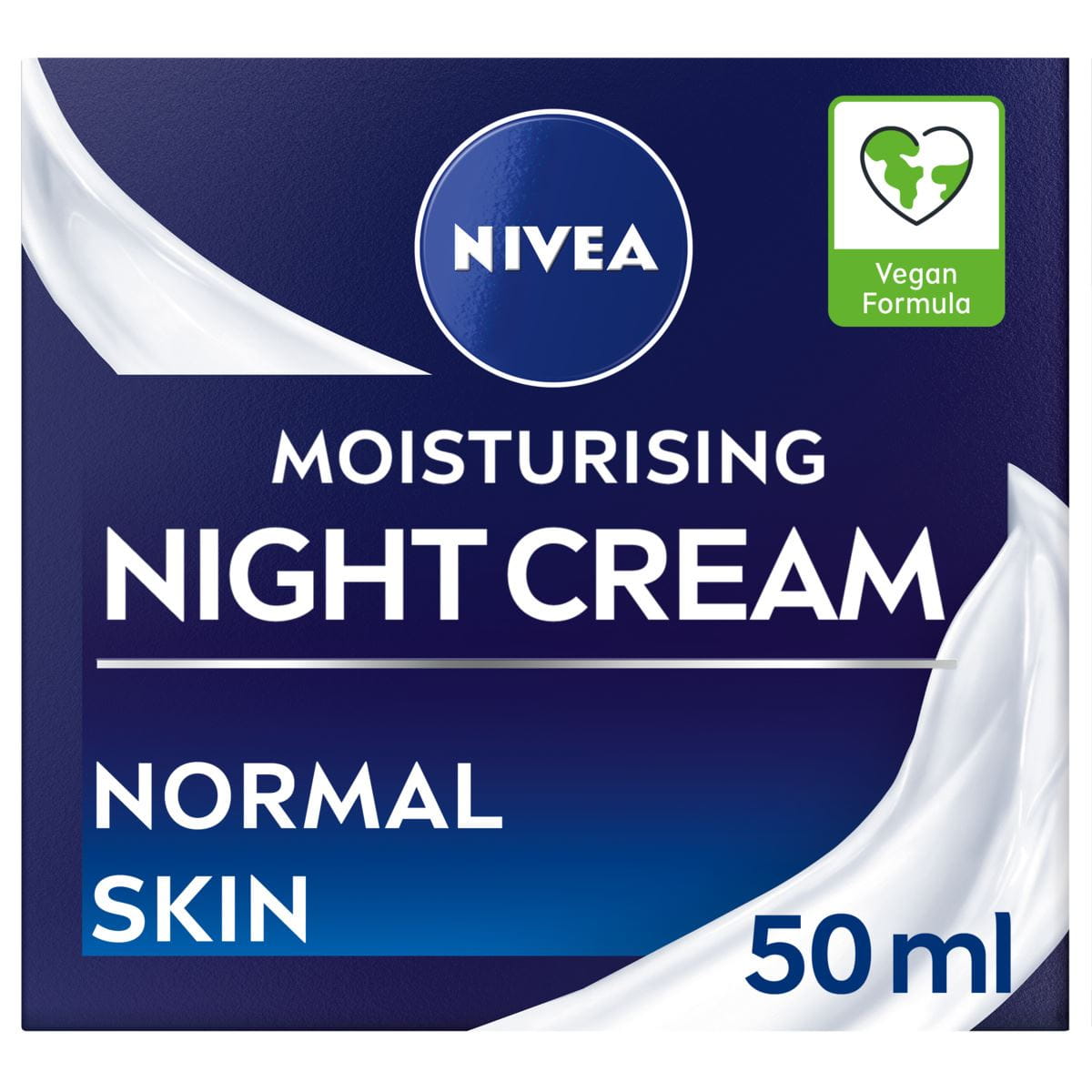
Facial Cleansing For Fresh And Healthy Skin
Make-up removal and facial cleansing, toning and moisturising: we show you what is important in these steps.
Your daily facial cleansing ritual
Daily face care means cleansing, toning and moisturising: follow these three steps so that your skin looks fresh and radiant every day.
The right facial cleanser:
tips for every skin type
Everyone's skin is different. We have summarised which facial cleansers are the right ones, and what you should look out for if you have dry, oily, sensitive or combination skin.






